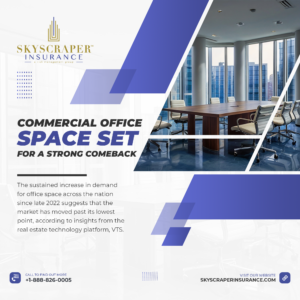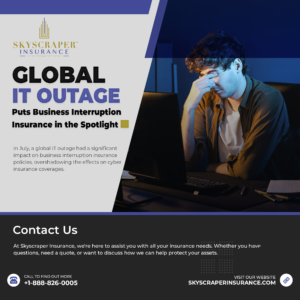Although commercial property rates saw double-digit increases this past year, moderation of rate growth is on the horizon in 2022 for hotels, resorts and companies that manage these businesses, according to John Welty, president of Suitelife Underwriting Managers.
“This year, we predict that good property accounts may see rate increases of 5%-10%, with general liability rate increases of 7.5%-10%”. “On the other hand, a less attractive account could see rates increase anywhere from 10%-30%.”
Less attractive accounts might include hotels located in a catastrophic loss area, those with increased exposure to wildfire risk, flooding, hurricanes and businesses with complex loss histories, Welty explains.
“Just like we are seeing rate increases slow for good accounts, rates are also predicted to soften in the second half of 2022,” he continued. “At the same time, more carriers are introducing reinsurance on their policies in 2022, particularly property policies. This will lead to potential rates increasing once again.”
What are some of the factors influencing that?
Weather plays a large role in the property market. Weather-related losses in 2021 were more costly than in 2019. But we are also seeing losses outside weather-prone areas. These losses come as the result of a variety of challenges such as nationwide material shortages and labor shortages. The labor and building issues, coupled with inflation are raising insurance-to-value concerns.
What are some of the unique risks facing hotels today?
While risks for the hospitality industry remain largely unchanged — with slips, trips and falls and weather-related incidents taking the lead — an increase of new technology and the use of it presents additional risks. With services such as online booking, contactless receptionists and remote concierges increasing in popularity, risk exposure increases for hotel operations.
How can insurers help these businesses mitigate these risks?
It is the responsibility of the insurer, partnered with the agent or broker, to guide businesses in mitigating risks. Often carriers don’t get involved until after claims have occurred or if a hotel proactively reaches out and asks for help. A broker, however, should be regularly discussing risk assessments and offering mitigation measures, as well as suggesting training, and confirming that coverage is in place.
While it is incumbent on the hotel to ask for help as they know their business best, at Suitelife we provide a resource page, access to our risk managers as resources and consistent communications to help mitigate risks. We provide a pre-loss, during and post-loss checklist, an executive report on trends and challenges on a quarterly basis and weekly email and social media communications to brokers on how they can help hoteliers.
With so much turnover in the hospitality industry during the past two years, what should hoteliers make sure to instill in new hires about potential risks and worker safety?
Employees are the hoteliers’ most important asset. Training frequently and often is the key to operating safely and reducing over risk exposure, particularly in times of high employee turnover. Some hotels are still seeing turnover rates as high as 50%. As a result, many employees are performing different and new jobs.
With proper, consistent training in place employees can better understand what to expect and how to handle incidents. In addition to training, it is important to have reminders and communications around such training and procedures in place. A daily checklist of expected duties posted in the right place can go a long way toward mitigating risk.
At the end of the day, hoteliers are focused on consistently providing and improving upon a superior guest experience. Training and vigilance around simple but critical tasks, such as cleaning and maintenance can go a long way toward keeping guests happy and providing a good experience.
Taken From: https://www.propertycasualty360.com/2022/02/04/2022-outlook-for-insurance-rates-claims for-hotels/?kw=2022%20outlook%20for%20insurance%20rates%2C%20claims%20for%20hotels&utm_campaign=newsroomupdate&utm_content=20220204&utm_medium=enl&utm_source=email&utm_term=pc360




